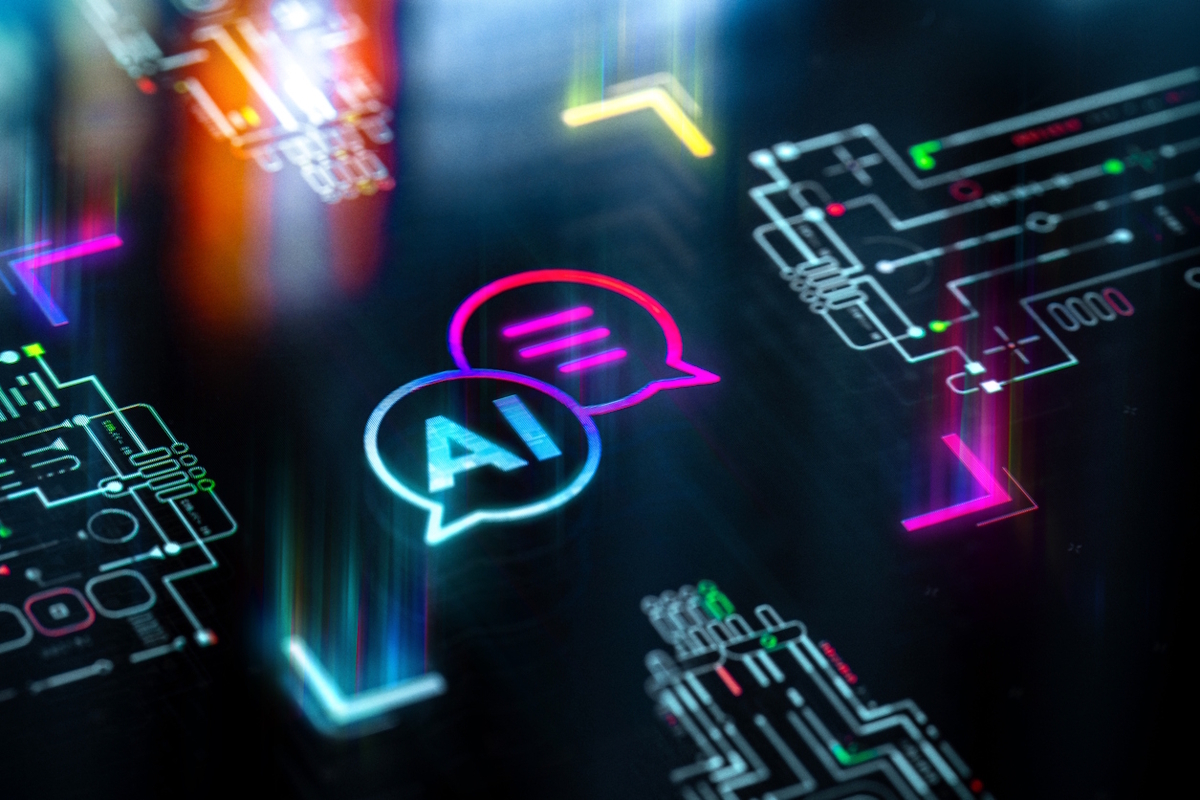Boosting DevOps productivity

Steve Barrett at Datadog argues that AI’s ability to act will close the DevOps productivity gap
With UK and European businesses under pressure to increase productivity, many are turning to AI for solutions. A recent analysis from the London School of Economics reveals that productivity in the UK is lower than in France, Germany and the US, primarily due to insufficient investment in capital and skills. Despite a recent spike in productivity, the ONS reports that productivity levels were 0.2% lower during the first quarter of this year compared with a year ago. Therefore, it’s encouraging to note that a recent report by PwC indicates that workers in “AI-exposed” sectors are experiencing a boost in productivity.
However, even with significant investments in AI agents, the many DevOps teams charged with managing vast enterprise cloud infrastructures across multiple sectors still struggle with repetitive tasks, such as addressing system errors, failures, and data breaches, which divert attention from their core responsibilities. Ultimately, while the tools may have evolved, the need for addressing urgent problems remains essentially unchanged.
The primary issue is that many AI agents don’t necessarily help teams become more productive. Instead, they often add to the workload by triggering more alerts after detecting potential anomalies or critical issues. Large enterprises with extensive cloud environments tend to generate thousands of alerts, which makes it difficult for DevOps teams to distinguish between real issues and false positives. What DevOps professionals really need is an AI co-pilot that assists in addressing problems, rather than simply flagging them.
In today’s complex, dynamic environments, traditional cloud monitoring and observability methods are no longer enough. Cloud systems are constantly evolving. Infrastructure scales, services change, workloads vary, and failures occur. To stay ahead of this complexity, AI agents must have access to the telemetry data that underpins these changes. By using this data, users can respond with precision and efficiency. This approach will improve incident response and remediation while also significantly increasing productivity.
A true co-pilot
Recent developments in AI modelling that allow agents to better communicate with telemetry systems are transforming the space. Instead of having to switch between dashboards or write complex queries, developers can now use conversational prompts to investigate incidents in real time. For example, if someone queries a specific operational issue, an AI agent can highlight the relevant logs, correlate them with recent alerts, and suggest possible causes based on historical trends. This approach not only identifies problems but also guides users towards effective solutions.
This kind of capability positions AI as a true co-pilot. Rather than a passive observer, it acts as an active participant in diagnosing and resolving issues. Consequently, this alters how teams operate, letting the AI agent manage the heavy lifting involved in incident triage, while leaving users more time to dedicate on improving things rather than merely reacting to problems.
Collaboration and efficiency
AI agents are also becoming instrumental in cross-team collaboration, especially during incidents. Most issues require input from multiple functions, including DevOps, platform teams and security teams. Delays often stem from identifying the issue as well as from coordinating the right people and providing the necessary context quickly enough to prevent escalation.
This is where AI agents can deliver significant value. In practice, an agent can ingest an alert, search past incidents, identify similar historical issues, and generate a first-response summary - all before a human joins the call. They also need to remain active during an incident, offering guidance and support, while promoting collaboration. Even generating a report post-incident to accelerate learning cycles and ensure that incident knowledge is captured and reused effectively.
Similar principles are also being applied earlier in the development process. Some AI agents are specifically designed to support developers by proactively identifying anomalies and errors before they become serious. For example, if a new update causes a sudden increase in errors, the AI can quickly notice the issue, link it to a recent change, compare it to similar past issues, and suggest a solution, all within just a few minutes.
Importantly, these agents don’t replace developers. Instead, they reduce friction, enabling teams to move faster, troubleshoot more effectively, and concentrate on building better systems instead of just maintaining them.
Cultural shift
The benefits of AI agents go beyond just incident response. Teams in environments where AI is effectively integrated often experience broader cultural shifts. For example, new hires can onboard more quickly, and engineers have the opportunity to focus more on proactive tasks instead of reactive support. Indeed, early-career professionals, especially those entering AI-augmented roles, now expect AI tools to be part of their work environment. They prefer to work in spaces where technology enhances their efforts rather than hinders them.
The challenge goes beyond merely increasing speed or saving time; it involves creating environments where individuals can perform at their best. This includes making insights easily accessible and positioning AI as a partner in execution, rather than just an additional layer of technology.
Trusted team member
Achieving this doesn’t happen by accident, of course. Developing AI-native systems that improve DevOps productivity requires more than simply adding a chatbot or incorporating AI as an afterthought to an organisation’s observability stack. It involves integrating AI agents into daily workflows and providing them with access to clean, structured data. This allows them to make recommendations and, over time, take approved actions.
Building trust is also crucial. When the system alerts the team to a malfunction, they need to take it seriously, and when it offers solutions, they should allow it to attempt implementation. Ultimately, if AI can’t help to resolve an issue, it becomes just another signal in the noise. The last thing teams need right now is more noise. Instead, they require systems that can analyse a sprawling - and growing - infrastructure, connect the dots, and act with context and confidence.
Rather than merely informing users of what’s wrong, AI agents should be able to understand what’s normal, what isn’t, and how to address the issues. In the end, greater productivity depends on reduced stress, faster fixes, stronger collaboration, and a culture where AI functions as a member of the team, rather than just a buzzword.
Steve Barrett is VP of EMEA at Datadog
Main image courtesy of iStockPhoto.com and da-kuk

Business Reporter Team
Most Viewed
Winston House, 3rd Floor, Units 306-309, 2-4 Dollis Park, London, N3 1HF
23-29 Hendon Lane, London, N3 1RT
020 8349 4363
© 2025, Lyonsdown Limited. Business Reporter® is a registered trademark of Lyonsdown Ltd. VAT registration number: 830519543





